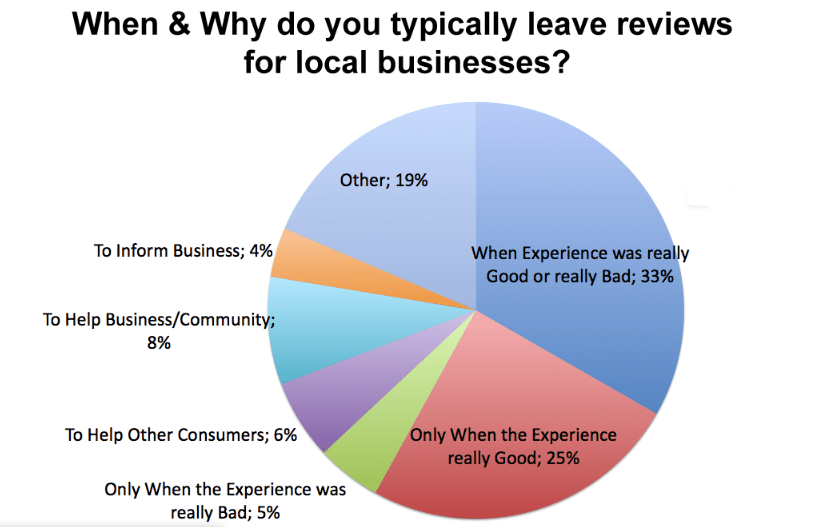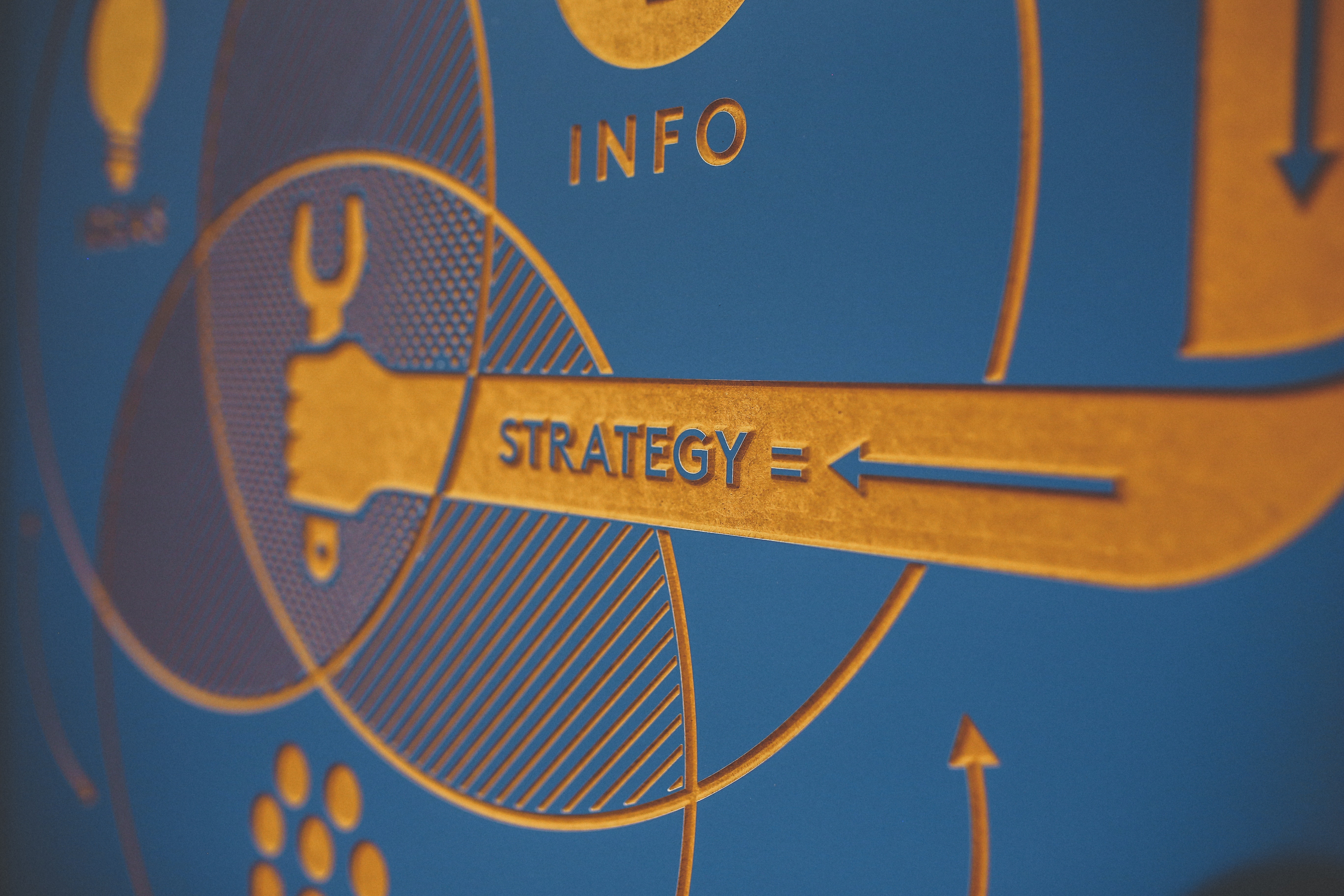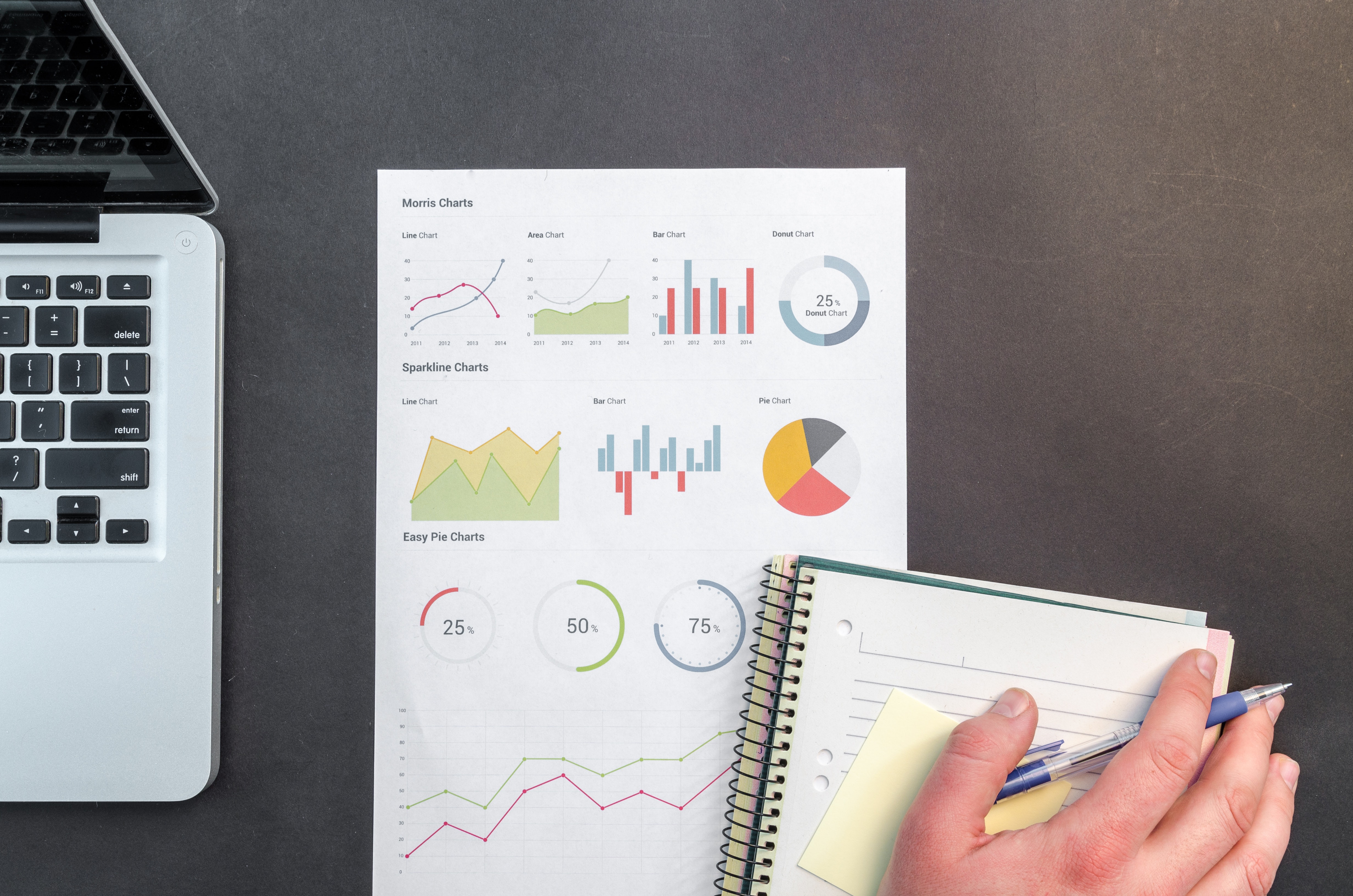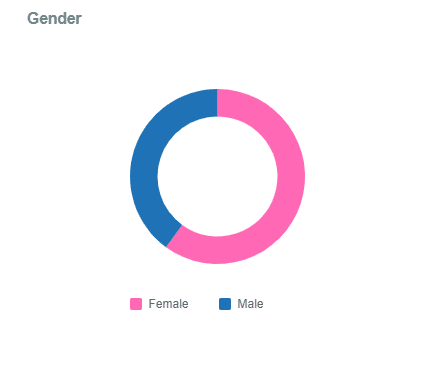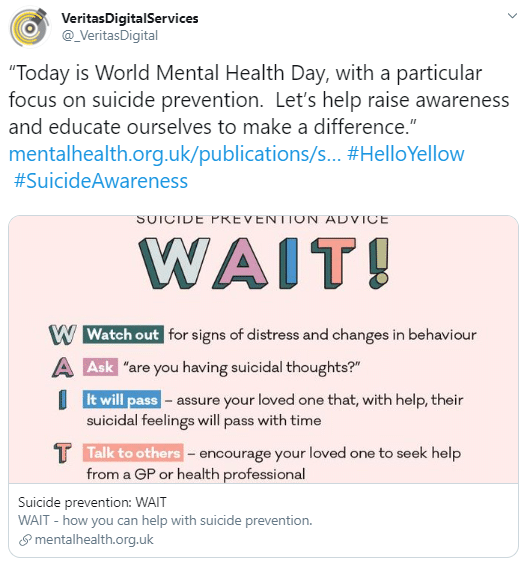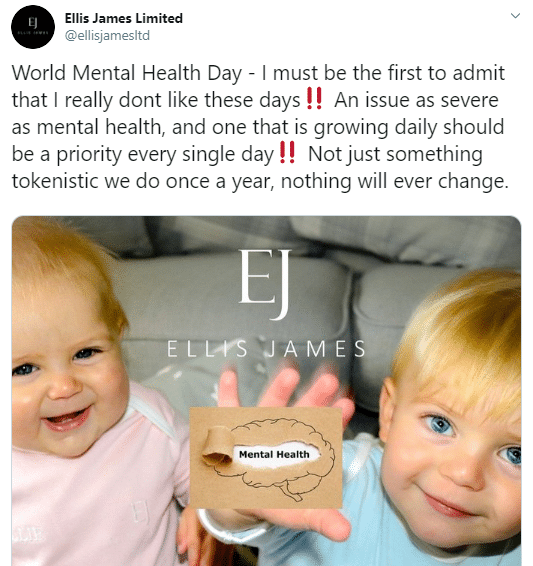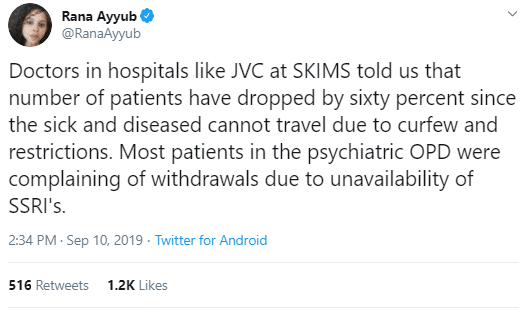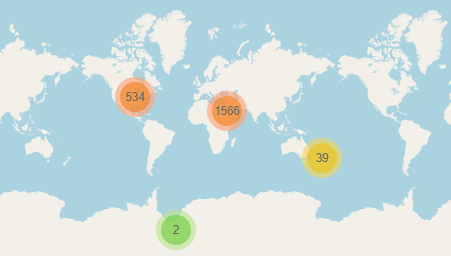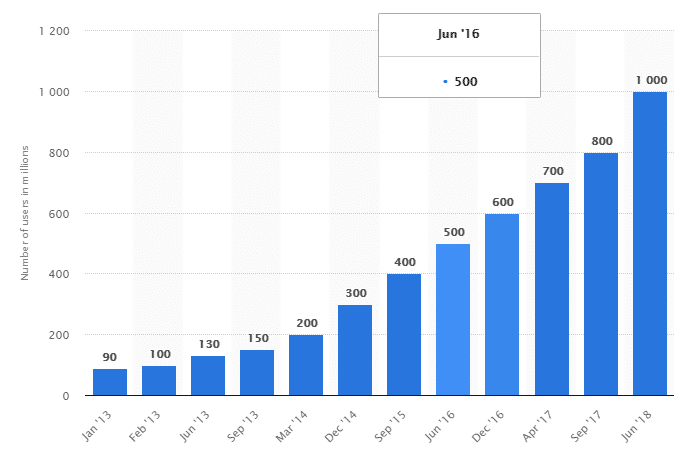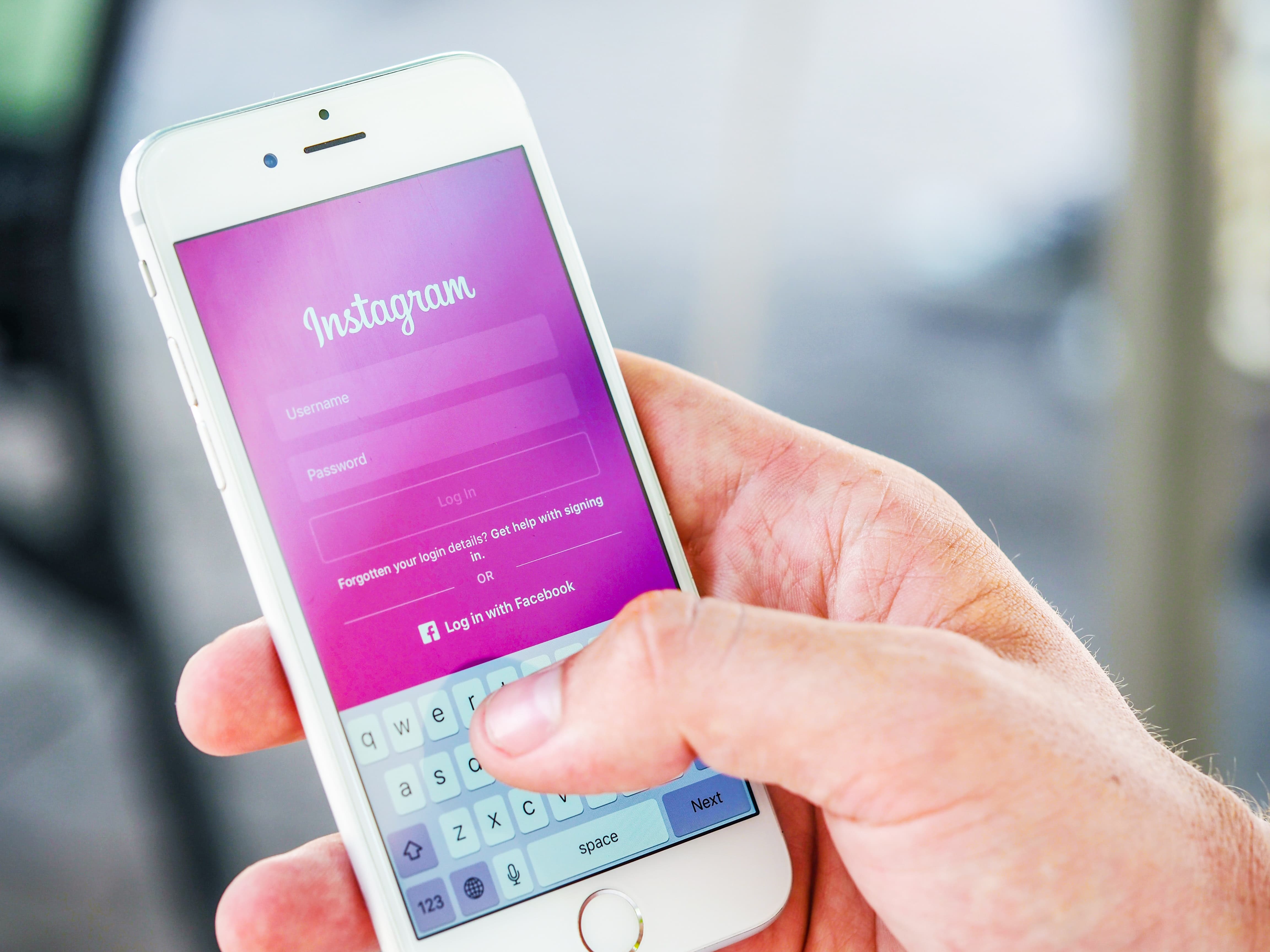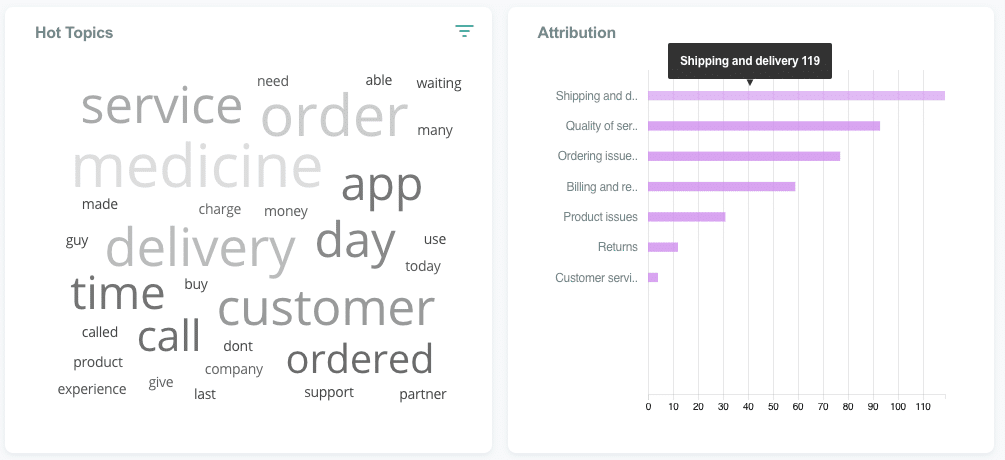Social listening to LinkedIn – How does it help?
LinkedIn was built to act as a professional platform that connects businesses, employers, and employees and every other person who can be called a professional. Along with Facebook, Twitter, and Instagram, LinkedIn is also one of the top-performing social media networks today, especially for B2B businesses. LinkedIn has been called the goldmine of B2B, it is where the leaders from the Fortune 500 companies spend their spare time at. The sheer number of LinkedIn users puts this article’s topic into perspective – LinkedIn officially has over 500 million users (according to Business Insider Intelligence). Unlike Facebook and other social media sites, we don’t have members sharing wedding photos and vacation plans. It’s a serious platform for discussions related to business. Your audience here is are business-minded decision-makers who are also well informed about people management, developments in science and technology or global issues of his/her interest. Social listening to LinkedIn cuts straight to the chase and helps you identify the key interests of your B2B customer.
Social listening to LinkedIn – Why?
As mentioned earlier, LinkedIn provides a space for business-oriented discussions. If you are an entrepreneur or even an executive with a profile on LinkedIn, your feed is the first impression people get about you. The same applies to your business page. Your profile is the first place to start influencing people and growing your business. LinkedIn provides an excellent platform for influencer marketing where professionals have successfully promoted themselves as thought leaders and innovators. Many executives promote their influencer status online while subtly promoting their brands as well and this certainly gets their brand increased visibility.
While this attempt to increase awareness is an important marketing tactic for businesses, where and how does social listening to LinkedIn come into the picture? With LinkedIn, one can monitor metrics like increase in follows, connections for a business page or personal account respectively, audience engagement, likes and shares et cetera. Social Listening to LinkedIn is also of great help when it comes to analytics. Say your team posts content on a daily basis. Social listening and LinkedIn’s page analytics can tell you which of your posts are doing great, which topics are being liked by your connections. Monitoring these details helps you learn more about your audience, in turn helping you to figure out what content to share next. Monitoring and researching the interest areas of your audience members provide you with strategic inputs on which your content marketing and influencer marketing campaigns ad strategy can be based in the future. When you know your audience, you put out more relatable content and gain more followers building greater visibility for your brand.
Understand your Employees Better
Apart from the fact that social listening to LinkedIn helps a great deal with market research, influencer marketing, and overall marketing decisions, it can also be helpful for a company’s HR team. Social listening has long been used for recruitment. LinkedIn is a professional platform that can connect you to the star candidate your company has been looking for. Social Listening tools help you set up specific searches for your preferred candidates, track members of high influence or merit in the industry et cetera. This can help your HR team source and recruit candidates with the best skills for the company. Tracking what your current employees think can be helpful as well. Great employer branding can be achieved when your employees are happy and they vouch for your company’s culture and work. Listening helps you discover the pain points your employees might be facing that they might not tell you about at work but may share on social media. Achieving great standards of employer branding does not harm, as it will attract talented candidates to choose to work for you.
Social listening to LinkedIn can be a one-shop stop practical solution to many of your needs as it offers influencer marketing, social selling, online reputation management, and even employer branding.



